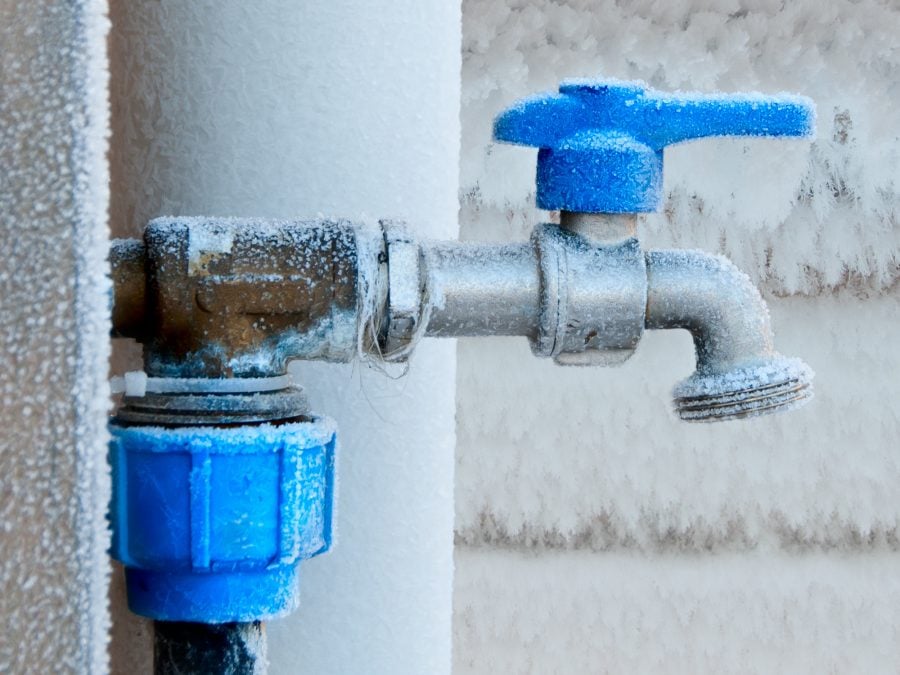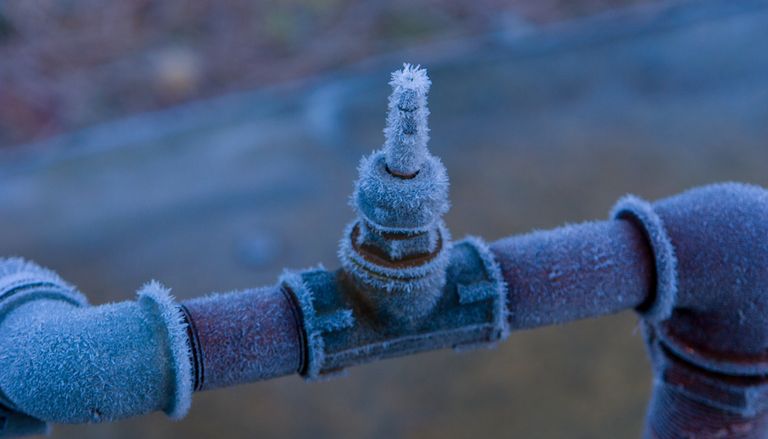Any individual is bound to have their unique thoughts involving Helpful Tips to Prevent Frozen Pipes this Winter.

Winter can damage your pipes, specifically by freezing pipelines. Below's exactly how to avoid it from occurring and what to do if it does.
Introduction
As temperature levels decrease, the threat of icy pipes increases, possibly bring about pricey repair services and water damage. Recognizing how to avoid icy pipes is critical for property owners in cool climates.
Prevention Tips
Protecting at risk pipelines
Wrap pipelines in insulation sleeves or utilize heat tape to protect them from freezing temperatures. Focus on pipelines in unheated or exterior locations of the home.
Home heating methods
Keep interior areas appropriately heated up, particularly locations with plumbing. Open up closet doors to permit warm air to distribute around pipelines under sinks.
Just how to determine icy pipelines
Look for decreased water circulation from taps, unusual smells or sounds from pipelines, and noticeable frost on subjected pipelines.
Long-Term Solutions
Architectural adjustments
Think about rerouting pipes far from outside walls or unheated locations. Include added insulation to attic rooms, cellars, and crawl spaces.
Upgrading insulation
Purchase top notch insulation for pipelines, attics, and walls. Proper insulation assists keep constant temperatures and lowers the threat of frozen pipelines.
Securing Exterior Pipes
Garden hose pipes and outside taps
Detach and drain pipes garden tubes prior to wintertime. Install frost-proof spigots or cover exterior faucets with insulated caps.
Comprehending Frozen Pipes
What triggers pipelines to ice up?
Pipes freeze when revealed to temperatures below 32 ° F (0 ° C) for expanded durations. As water inside the pipes ices up, it expands, taxing the pipe wall surfaces and possibly triggering them to break.
Dangers and damages
Icy pipes can cause supply of water disturbances, residential property damages, and expensive repair work. Burst pipes can flood homes and create extensive structural damage.
Indicators of Frozen Pipeline
Determining icy pipelines early can avoid them from bursting.
What to Do If Your Pipelines Freeze
Immediate actions to take
If you believe frozen pipes, keep faucets available to ease pressure as the ice melts. Use a hairdryer or towels taken in hot water to thaw pipelines slowly.
Conclusion
Stopping frozen pipes calls for proactive measures and fast responses. By comprehending the causes, indicators, and preventive measures, home owners can protect their plumbing during cold weather.
5 Ways to Prevent Frozen Pipes
Drain Outdoor Faucets and Disconnect Hoses
First, close the shut-off valve that controls the flow of water in the pipe to your outdoor faucet. Then, head outside to disconnect and drain your hose and open the outdoor faucet to allow the water to completely drain out of the line. Turn off the faucet when done. Finally, head back to the shut-off valve and drain the remaining water inside the pipe into a bucket or container. Additionally, if you have a home irrigation system, you should consider hiring an expert to clear the system of water each year.
Insulate Pipes
One of the best and most cost-effective methods for preventing frozen water pipes is to wrap your pipes with insulation. This is especially important for areas in your home that aren’t exposed to heat, such as an attic. We suggest using foam sleeves, which can typically be found at your local hardware store.
Keep Heat Running at 65
Your pipes are located inside your walls, and the temperature there is much colder than the rest of the house. To prevent your pipes from freezing, The Insurance Information Institute suggests that you keep your home heated to at least 65 degrees, even when traveling. You may want to invest in smart devices that can keep an eye on the temperature in your home while you’re away.
Leave Water Dripping
Moving water — even a small trickle — can prevent ice from forming inside your pipes. When freezing temps are imminent, start a drip of water from all faucets that serve exposed pipes. Leaving a few faucets running will also help relieve pressure inside the pipes and help prevent a rupture if the water inside freezes.
Open Cupboard Doors
Warm your kitchen and bathroom pipes by opening cupboards and vanities. You should also leave your interior doors ajar to help warm air circulate evenly throughout your home.

Hopefully you enjoyed our piece about Preventing and dealing with frozen pipes. Thanks a lot for spending some time to read our article post. In case you appreciated our blog entry if you please consider to share it. Thanks a bunch for being here. Come back soon.
View Website